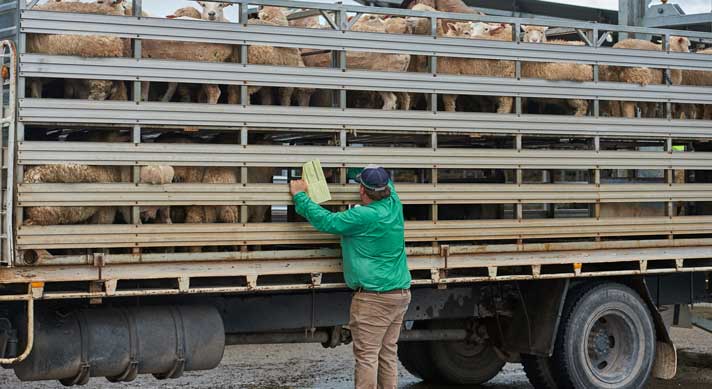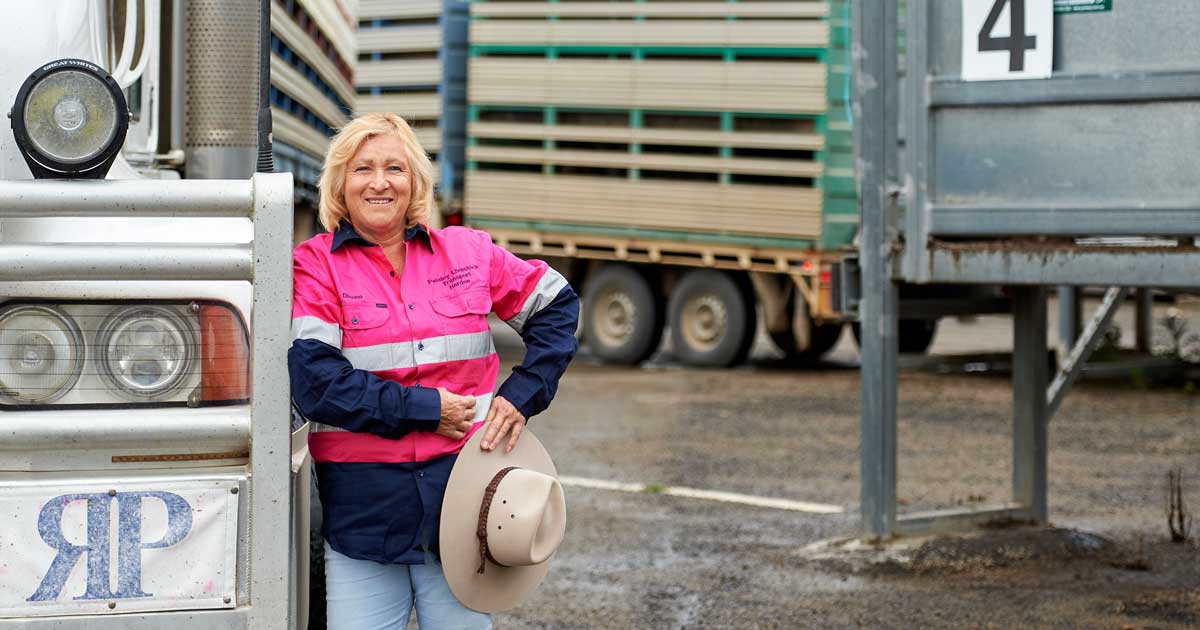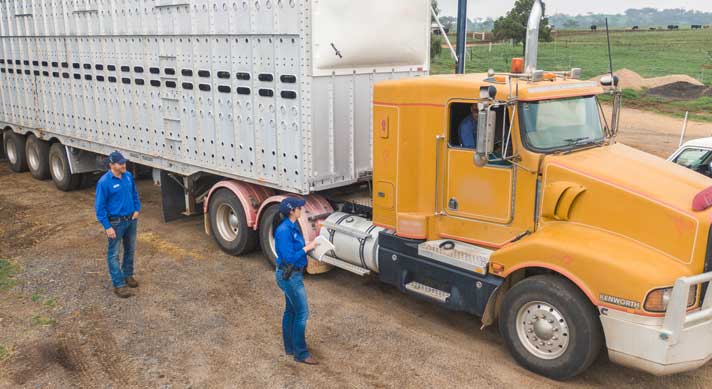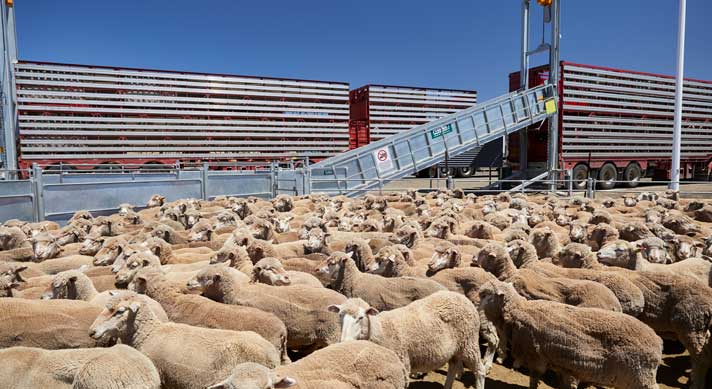Ramping up best practice loading
11 October 2022
-Min Read
Are your ramps fit for loading? Ensure your loading and transportation equipment are up to scratch to prevent injury and stress.

For more information on loading and animal welfare standards, visit:


